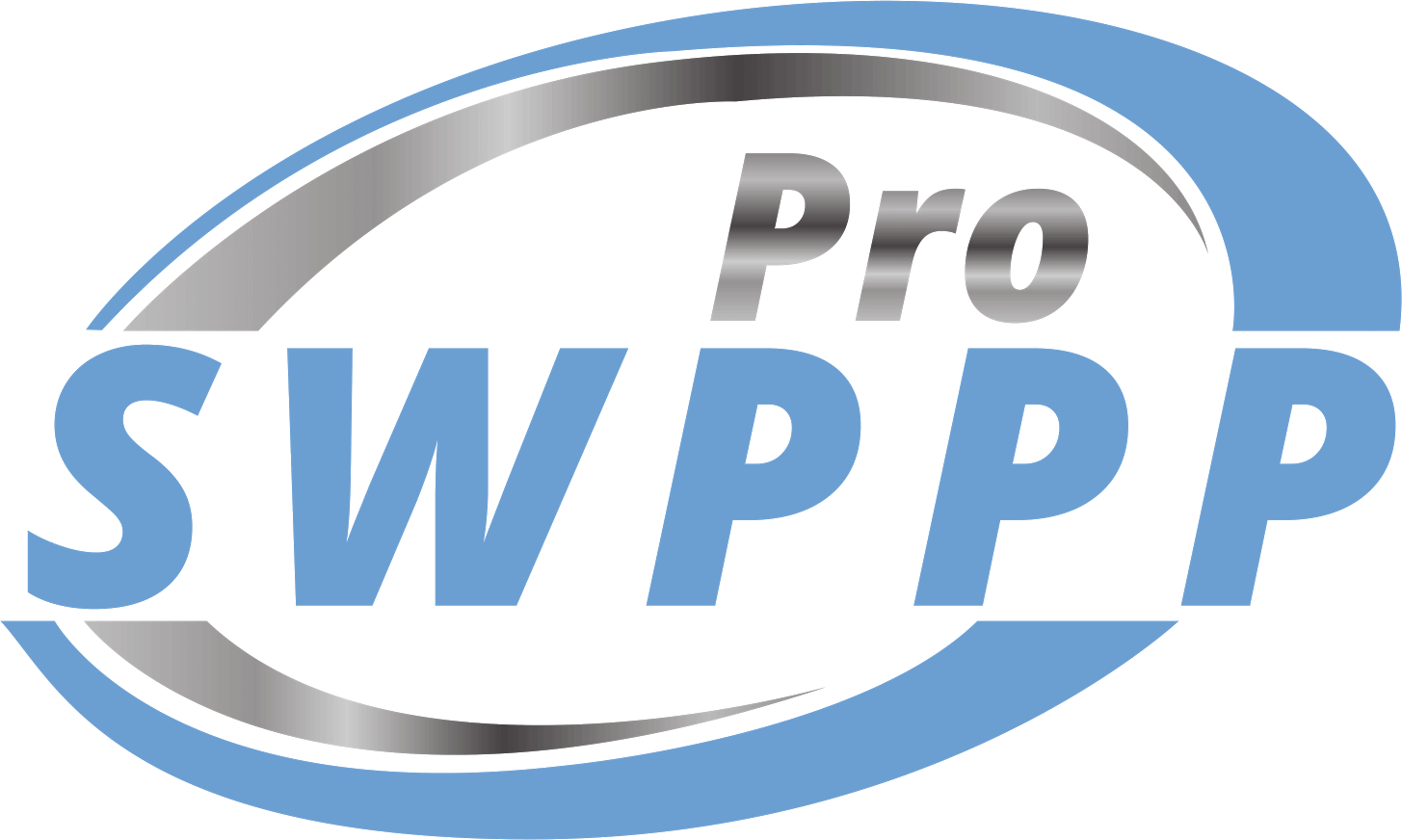Constructing buildings that are environmentally friendly is no longer just a trend; it’s an essential aspect of modern construction. It’s all about reducing the negative impact on our environment while creating structures that are not only durable but also sustainable. The stormwater pollution prevention plan (SWPPP) is vital in achieving this.
This plan ensures that construction activities do not harm the surrounding bodies of water. It includes strategies to prevent erosion and sedimentation, control stormwater runoff, and properly manage hazardous materials. By implementing a SWPPP, construction companies comply with regulations and contribute to building a greener future.
Let’s take a closer look at the role of SWPPP in sustainable construction and how it benefits the environment and the construction industry.
Preventing Water Pollution
SWPPPs play a crucial role in preventing water pollution on construction sites. When construction work is going on, mud, oil, and other materials can be washed away by rainwater and pollute local rivers, lakes, and ponds. This is bad news for the fish and plants living in these waters, and it can also pollute our drinking water. But with a proper SWPPP in place, construction companies can stop this from happening.
The SWPPP outlines the steps they need to take to keep pollutants contained on their site so they don’t end up damaging our precious water bodies. This could involve using special fences to stop mud from being washed away or carefully storing materials so they don’t leak and contaminate the ground.
By using SWPPP plans, construction companies don’t just comply with rules – they also do their bit to protect our environment, ensuring we have clean, safe water now and in the future.
Resource Management
Taking care of our resources is an integral part of sustainable construction. Did you know that a SWPPP plan can help with this, too? SWPPPs conserve valuable topsoil on construction sites by implementing erosion and sediment control measures.
This is important because topsoil contains vital nutrients for plant growth and helps with water drainage. Without proper management, topsoil can be easily eroded by wind and water, leading to soil degradation and loss of fertility.
Fortunately, SWPPPs address this issue by implementing best management practices such as silt fences, sediment traps, and vegetation barriers. These measures help prevent soil erosion and reduce sediment runoff into nearby bodies of water.
As a result, topsoil is conserved, contributing to resource sustainability and ensuring that future construction projects have access to healthy soil for plant growth.
Regulatory Compliance
Adherence to a SWPPP is not merely an industry best practice but a legal requirement under the Clean Water Act. Strict compliance with this plan helps construction companies avoid hefty penalties and legal repercussions that may arise from non-compliance.
A SWPPP plan is a testament to a company’s commitment to environmental stewardship, allowing it to maintain a positive reputation in the industry while promoting sustainable construction practices.
We Can Create Your SWPPP Plan!
The role of SWPPP in sustainable construction cannot be overstated. If you need a SWPPP plan, contact us now for help!

